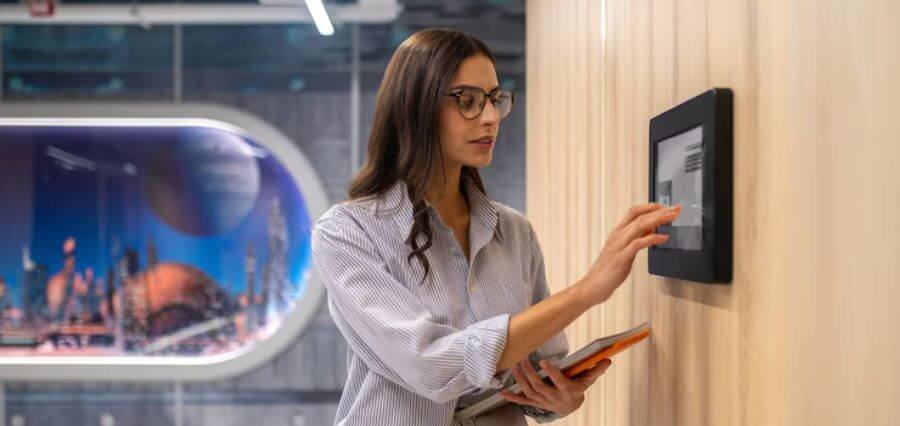Coming at the highpoint of the COVID-19 outbreak reminds us how much this crisis has disrupted the ‘normal’ physiotherapy, and how it will reshape physiotherapy practice. Physiotherapists have known crises before and thus the configuration of modern-day physiotherapy owes much to the physiotherapy responses to the earlier calamities.
For example, World War I played a huge role in cementing physiotherapists as the orthodox providers of physical rehabilitation in many countries, and the polio epidemics that ran through the first half of the 20th century gave birth to other professional bodies. However, there are some essential differences between health care in the last century and healthcare today.
A Well-Planned Change
Physiotherapy in the last century mainly benefited from two distinctive external influences:
- an established medical profession
- the welfare state
It means that previously when there had been epidemics or massive social upheavals, there was neither a common social safety net nor healthcare clinic to provide essential services for the population nor an established medical profession to partner it with. People had to fend for themselves.
However, all of it changed in the 20th century. Many developed countries today have sufficient resources to build welfare systems, amongst other things, and can provide the infrastructure to support the training and development of thousands of healthcare professionals, including physiotherapists.
The future of physiotherapy is shaping right in front of our eyes with the help of advances in technologies like AR, VR, AI, 3D-printing, and robotics. An independent study claims that:
- By the year 2040, every human will have their own hyper-personalized, constantly updated, instruction manual covering health, mind, and whole body– with real-time diagnostics, x-ray vision, and a color-coded guidance system to pain and ailments. And physiotherapists will use this data to perform and plan treatments.
- By the year 2045 rehabilitation after illness will become history. Instead, a new pre-habilitation method will be approached wherein identifying and preventing disease before it even presents will become mainstream.
Lastly, by the year 2050 physiotherapists will be working both inside and outside the patient’s body.
This is What is Happening Now
All the aforesaid speculations are now far-fetched. However, we cannot still dismiss the possibility of all of this happening. While these speculations were supposedly proposed to change both healthcare and physiotherapy in the coming years, the ongoing pandemic might have created a momentary pause and giving it a new direction.
Over recent weeks, healthcare workers all over the world have turned to online therapy as the only viable way to engage in the practice. This led us to wonder whether this new approach represents a new market for physiotherapy services. However, these innovations in practice today have led many healthcare professionals to wonder that physiotherapy is going down on a dangerous path.
The pandemic has now caused physiotherapists to change their approaches as clinics and practices were closed down. They are using digital platforms; especially video consultations to stay in touch with patients. The video consultation has led to a hands-off therapy section wherein new approaches and insights for physiotherapists like; a private practitioner with many patients struggling with anxiety and mental distress has come to light. The potential for technological disruption to radically change practice is powerfully illustrated here.
Furthermore, physiotherapists today are trying to promote their business social media. Due to pandemic therapists can not be there for a patient in-person hence, they are learning to show people how to do it for themselves. However, this approach of showing those practices directly to patients may also be the first ones that the physiotherapists will miss from their professional control.
What Happens Now?
The aforesaid point made us think that perhaps this is why physiotherapists never owned essential fitness and strengthening programs, home-based rehabilitation programs, flexibility tests, or treatments for minor injuries. It was always run under a governed body; a hospital, health care clinic, and other healthcare establishments.
Thus, we should be thinking about the impact of this in our future curricula as the healthcare system will dramatically look different in 10 years wherein today’ s graduates will be senior practitioners. World War I and other past epidemics forced physiotherapy to proliferate. It then consolidated the profession around a set of skills and abilities that still forms the core of this profession’s principles.
However, today we have the Internet, neoliberal economics, and climate changes, so it is inconceivable that the profession will not be radically altered when this catastrophic pandemic finally subsides.
It is becoming increasingly clear that the things that will define physiotherapy in the future will be the things that cannot be so easily given away, described, or disseminated. Physiotherapists will in the future require lengthy training, complex problem-solving skills, should develop inter-personal relations, and have an understanding of both local and global health ecosystems.









